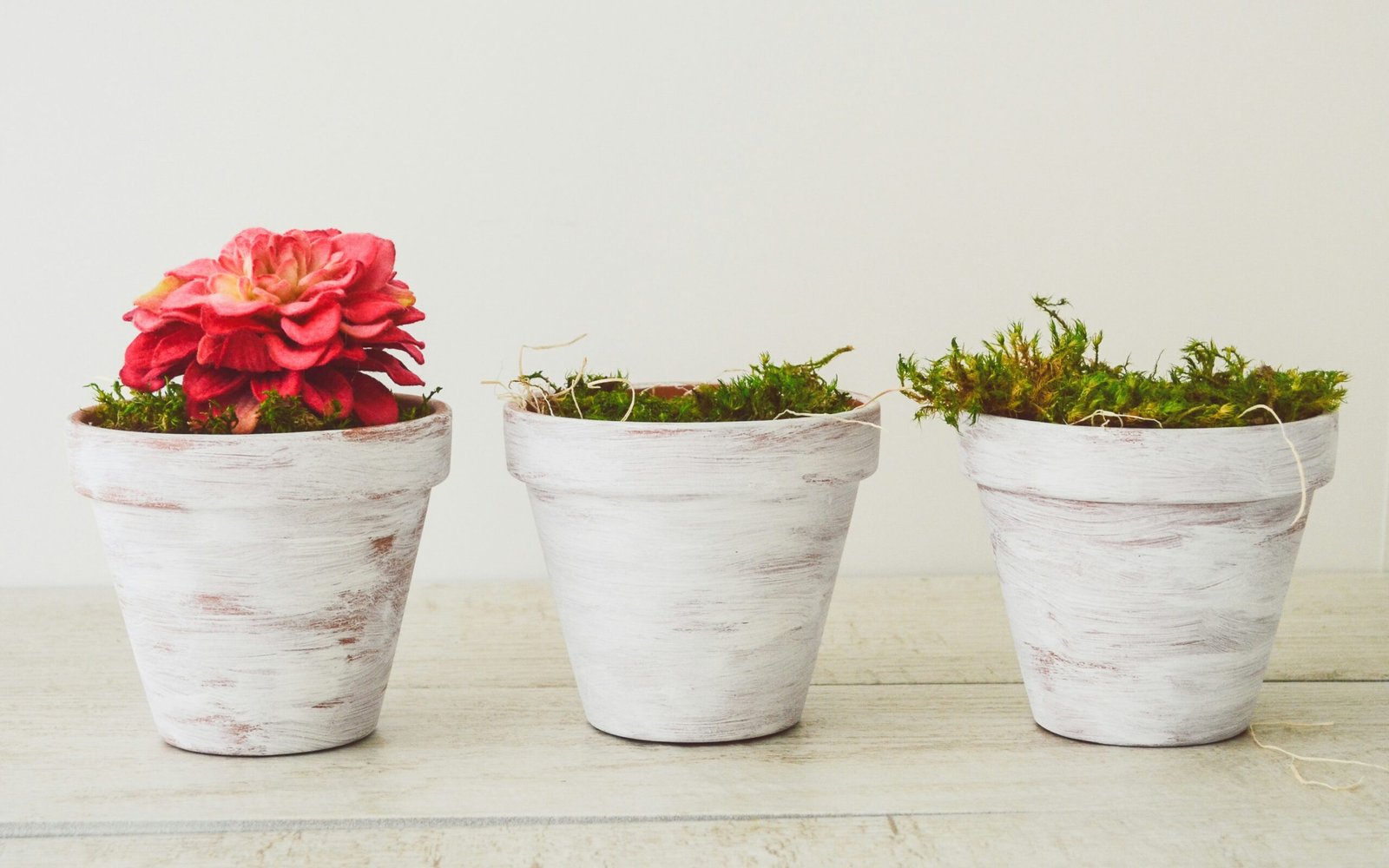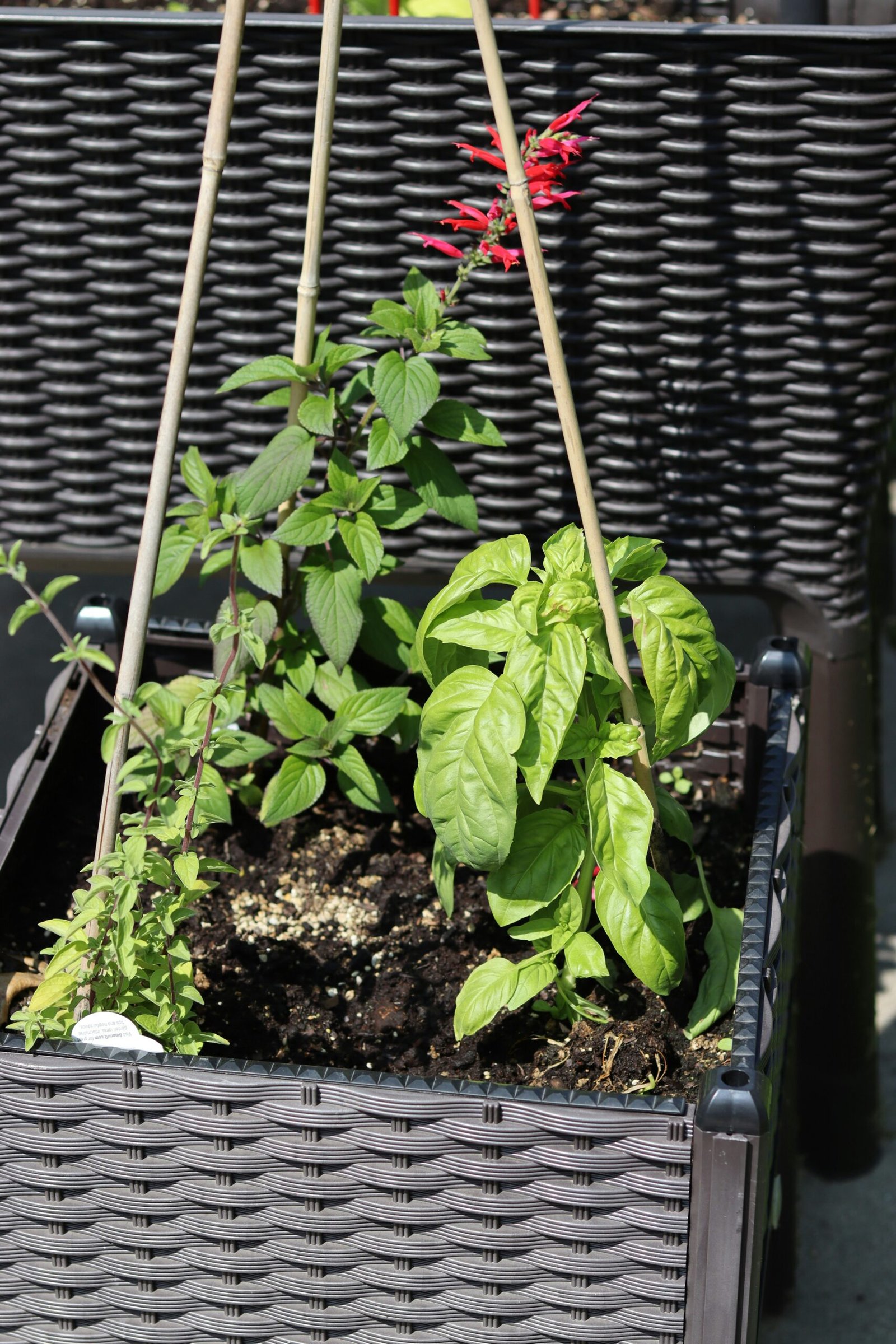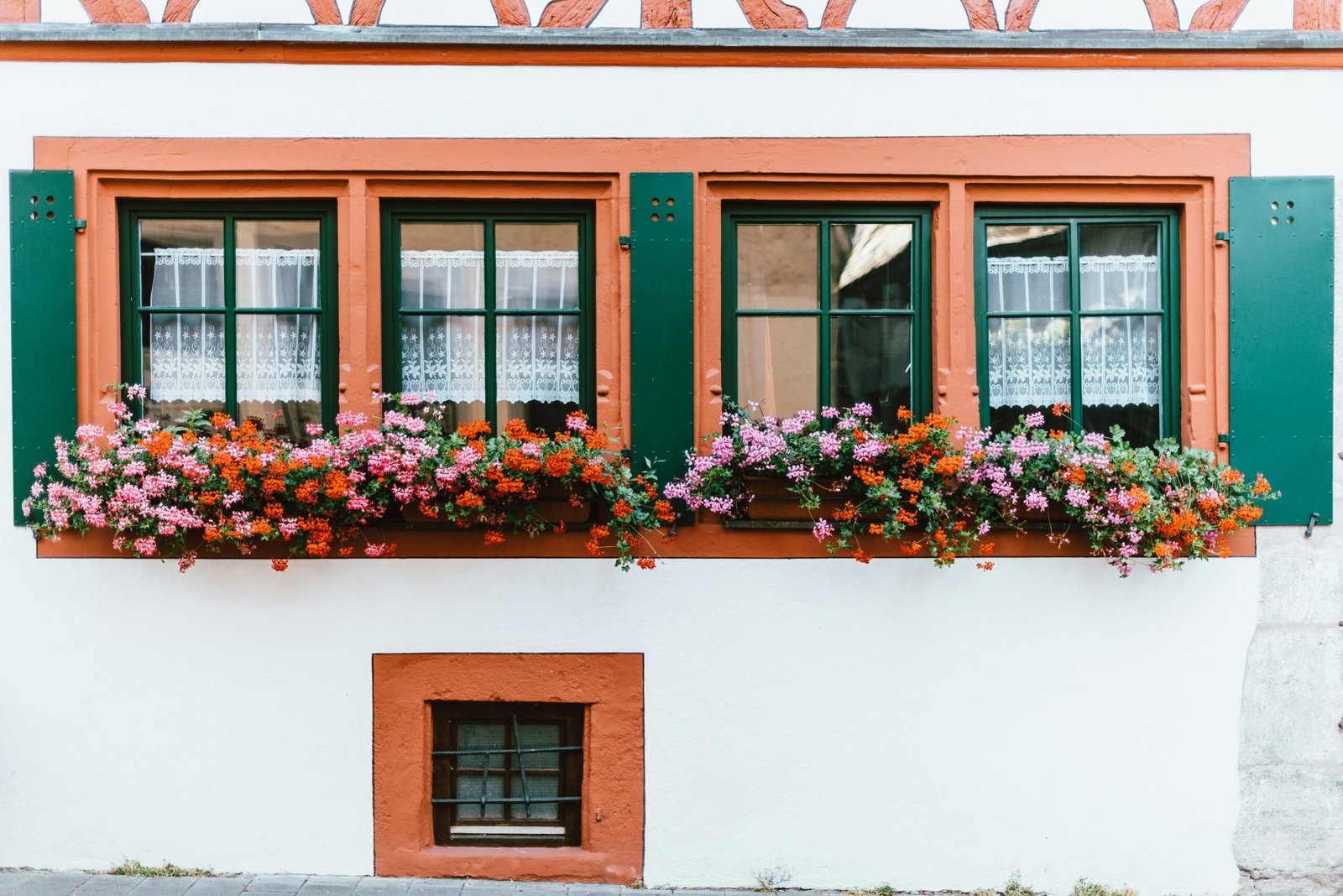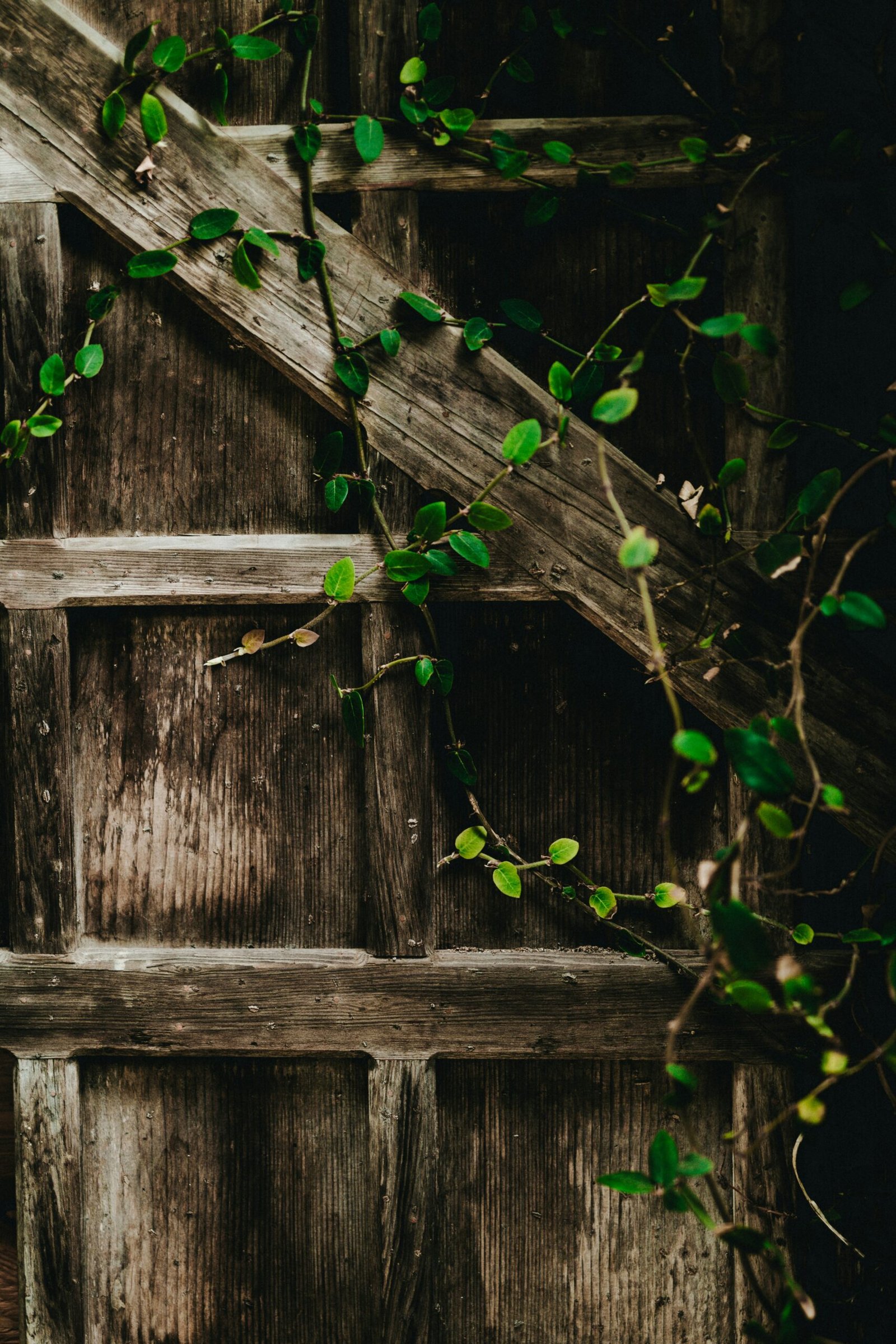Introduction to Balcony Gardening
Balcony gardening has seen a significant rise in popularity in recent years, particularly among urban dwellers. With the increasing urbanization of our living spaces, maintaining a connection to nature has become a vital aspect of mental and physical well-being. Balcony gardening emerges as a solution, offering a practical way to integrate greenery into small, often confined, living areas. The act of tending to plants can provide therapeutic benefits, fostering a sense of calm and reducing stress levels. Additionally, introducing planters and foliage to your balcony can dramatically enhance air quality, making a tangible impact on your home environment.
Aesthetic improvement is another compelling reason to consider balcony gardening. A thoughtfully designed green space not only elevates the visual appeal of your balcony but also adds a unique character to your living quarters. Urban gardens, no matter how compact, create a scenic retreat in otherwise bustling cityscapes, offering a refuge for city dwellers seeking a slice of tranquility. The movement towards urban gardening reflects a broader shift in societal values, highlighting the importance of sustainable living and a deeper appreciation for the natural world.
The versatility of balcony gardening means that even the smallest of spaces can be transformed into lush green havens. Whether through vertical gardening, hanging planters, or clever use of containers, the possibilities are endless. This blog post aims to equip you with the knowledge and inspiration needed to embark on your own balcony gardening journey. By exploring the following sections, you will find practical tips and creative ideas to maximize your balcony potential, bringing you closer to creating your green oasis.
Whether you have a compact balcony or a spacious terrace, the right planters can transform your space into a thriving green oasis. When selecting planters, consider a few key factors including material, shape, size, and drainage to ensure your plants thrive.
Planter Materials
The material of your planter can greatly influence the health of your plants. Ceramic planters are aesthetically pleasing and offer excellent insulation but can be heavy and prone to cracking in cold weather. Plastic planters, on the other hand, are lightweight, affordable, and available in a vast array of colors and designs, though they may not provide the best insulation. Terracotta planters are a popular choice for their classic look and breathability, which ensures good root health; however, they can dry out quickly and may need more frequent watering.
Shapes and Sizes
The shape and size of planters should be chosen based on both the plants you intend to grow and the layout of your balcony. Round planters are versatile and simple, suitable for a wide variety of plants. Square or rectangular planters maximize space and can be neatly aligned along the balcony edge. If space is limited, smaller planters or those designed to fit railings can be an excellent choice. Ensure that each planter gives enough room for the plant’s roots to grow comfortably.
Importance of Drainage
Proper drainage is essential to prevent water from stagnating at the bottom of the planter, which can lead to root rot. Look for planters with drainage holes to allow excess water to escape. If a planter does not naturally include holes, consider drilling some yourself. Additionally, using a layer of gravel or small stones at the bottom of the planter can further enhance drainage.
Maximizing Space with Vertical and Hanging Planters
To make the most of limited balcony space, consider vertical and hanging planters. Vertical planters can be affixed to walls or balconies, and come in various forms such as stackable containers and pocket planters. These are ideal for growing herbs, small vegetables, and decorative plants. Hanging planters can be suspended from ceilings or railings, adding greenery without occupying floor space. This approach not only maximizes usable area but also creates a layered and visually appealing garden.
By carefully selecting the right planters, you can cultivate a lush, green environment on your balcony. Consider the specific needs of your plants, available space, and overall aesthetic to create a harmonious and functional garden space.
DIY Planter Ideas and Designs
Transforming your balcony into a lush green oasis can be both an inspiring and rewarding endeavor. The essence of achieving this lies in clever and resourceful DIY planter ideas that not only add greenery but also bring a touch of personal creativity to your outdoor space. By repurposing everyday household items, you can easily create unique planters that are as functional as they are visually appealing.
One popular approach is utilizing old buckets as planters. Simply clean the buckets thoroughly, drill a few drainage holes at the bottom, and paint the exterior to suit your aesthetic preferences. This method not only saves money but also adds a rustic charm to your balcony. Similarly, wooden crates can be repurposed to create versatile and spacious planters. Line the crate with a landscape fabric to contain the soil and allow water drainage. Personalize by stenciling patterns or phrases on the wooden surface for a touch of flair.
For a more eclectic touch, consider using glass jars or old cans as quaint and charming planters. Glass jars can be adorned with wire hangers, transforming them into hanging planters perfect for trailing plants. Old cans can be painted in vibrant hues or left in their original state for a more industrial look. Make sure to punch drainage holes at the base of the cans to prevent waterlogging.
For those who enjoy working with fabric, fabric planters offer a unique and flexible solution. These can be created by sewing sturdy fabric into different shapes, then lining them with plastic to prevent soil leakage. Fabric planters are lightweight, making them easy to hang or move around as needed. Additionally, the opportunity to use various patterns and colors allows for high personalization.
Ultimately, the key to a thriving green oasis lies in the amalgamation of creative ideas and practical execution. Each planter design can be personalized further with the use of paint, stencils, or other embellishments to match your individual style. By employing these innovative DIY planter ideas, your balcony can become a refreshing haven of greenery and personalized charm.
Plant Care and Maintenance Tips
Maintaining a vibrant and thriving balcony garden involves understanding the specific care requirements of your plants. A key aspect is the correct watering technique. Overwatering can be as detrimental as underwatering. It’s advisable to water plants in the early morning or late evening to minimize evaporation and ensure moisture reaches the roots. Checking the soil moisture regularly by sticking your finger an inch into the soil can help gauge when watering is needed.
Soil selection is another critical factor in plant health. For container gardening, using high-quality, well-draining potting soil is essential. Look for soils enriched with organic matter to provide necessary nutrients and good aeration, helping roots to grow robustly. Avoid garden soil, as it tends to compact in containers, leading to poor drainage.
Fertilization helps maintain nutrient levels in soil that can deplete over time. Most balcony plants benefit from a balanced, slow-release fertilizer applied every six to eight weeks during the growing season. Specific plants, such as blooming flowers or heavy-feeding vegetables, may require additional nutrients like phosphorus or potassium. Always follow the manufacturer’s instructions for fertilizer application to avoid nutrient burn.
Pest control is essential to maintaining plant health. Regularly inspect plants for signs of pests such as aphids, spider mites, and whiteflies. Natural remedies, such as neem oil or insecticidal soap, can be effective and safer alternatives to synthetic chemicals. Additionally, ensuring proper airflow around your plants can help reduce pest prevalence.
Finally, understanding the unique needs of different plants concerning light and weather conditions is paramount. Some plants may need full sunlight, while others thrive in partial shade. Additionally, as seasons change, adjusting the care routine, such as moving plants indoors during cold snaps, can ensure a year-round green oasis.



